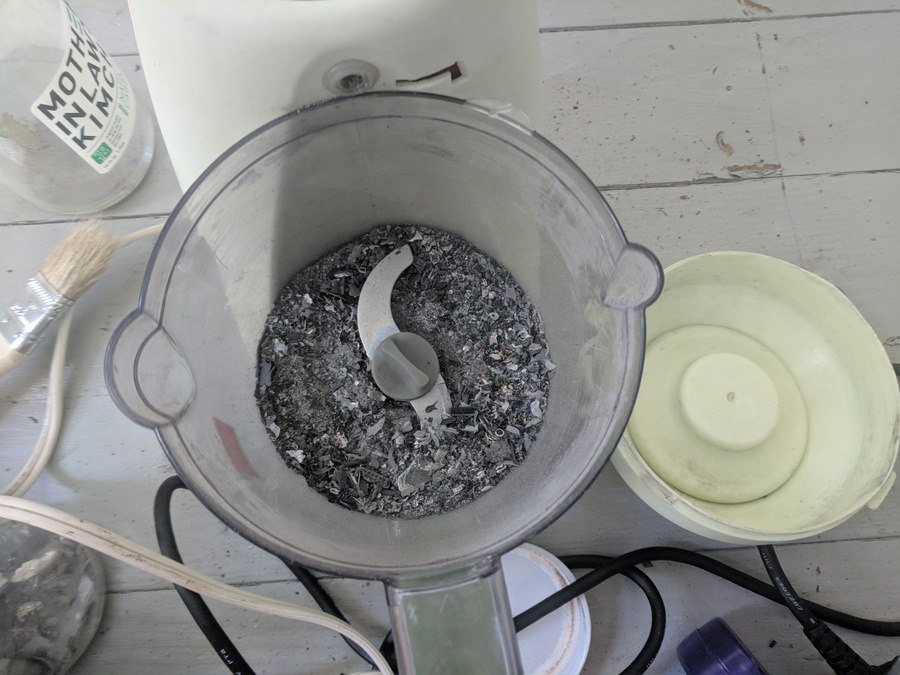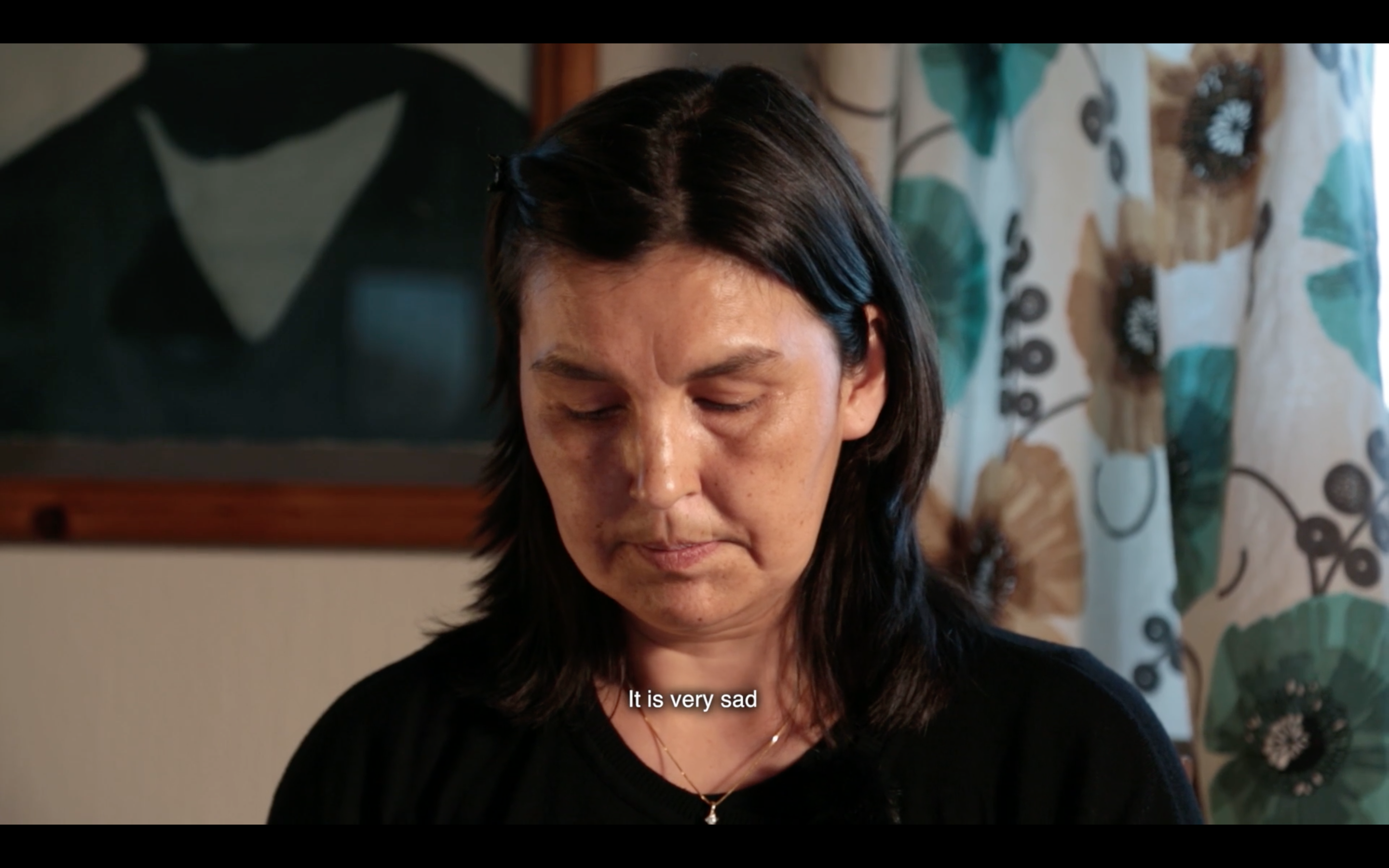Networked Terraforming Pt. 1
Day 9 ~ led by Ingrid Burrington on January 7th 2019if you ever code something that “feels like a hack but it works,” just remember that a CPU is literally a rock that we tricked into thinking - Tweet from @daisyowl

Having first met Ingrid Burrington at the SFPC Code Ecologies event last December, I was excited to delve deeper into the intersection of environment and computing that I often feel is lacking in both spheres of work and conversation. Our first exercise focused on the prompt of ‘computation as environment’, where we all wrote down initial responses and words we associated with the concept. Ideas ranged from understanding that our environment is a construct that our brain creates for ourself to how computation moves through different environments through infrastructure like a consumer electronics supply chain. Our many ideas were then condensed into single words as drawn on the whiteboard in the picture below.
We were then asked to consider the dependencies of the concepts that we just wrote down. Connecting words like ‘surveillance’, ‘data center’ and ‘police’, as well as introducing new words like ‘labor’ and ‘rare earth minerals’ connected to ‘supply chains’, our map became increasingly complex and messy wrapped in deep rooted histories of colonialism and agriculturalism. Computation does not exist in some isolated virtual cloud, it is heavily entangled in our physical earth and societies. Ingrid proposed that the idea that computation turns a world into a computer is both a perceptual one (seeing the world as a computer, seeing natural world as a large computer) and a material one (excavation, changes to landscape, global warming), and that needs to be serious consideration of how computation is changing the world as much as global warming is.
Why focus on ‘networked terraforming’?
Following this discussion, Ingrid began to deconstruct the meaning of networked terraforming. Her decision to use ‘terraforming’ instead of ‘geoengineering’ came out of wanting to dispel the false sense of intentionality and expertise that came with engineering. Whereas ‘geoengineering’ seems to imply the act of trying to restore the land to a so called natural state, ‘terraforming’ is simply the act of earth making - something everyone participates in all the time. Including the word ‘networked’ helped embed the significance of these terraforming acts that also happen on massive scales through technologies like global supply chains but are experienced viscerally like through a computer in your hands.
With examples from Star trek II: The Wrath of Khan and a Weyland Yutani Corporation commercial from Alien espousing philosophies like “commerce is the lifeblood of human endeavor”, we were prompted to think about how networked terraforming could turn into something that is not concentrated in the hands corporations and geo-political powers and create conditions for an entanglement with the planet rather than an estrangement from it. How do you make terraforming a reciprocal act?
 A photo from Ingrid’s essay Sand in the gears
A photo from Ingrid’s essay Sand in the gears
To begin to delve into how computing is entangled in networked terraforming, Ingrid showed us a project she did where she ground down her iPhone (save its lithium battery) to reexamine her relationship to it. The iPhone, the symbol for computing ubiquity contains many elements from the periodic table. Contrary to its sleek and seemingly untouched end-product, it is made of minerals mined from many different kinds of rocks from deep in the earth, and thus it is difficult to pinpoint where the iPhone comes from because it is a complicated item to produce.
Rare earth minerals in two tales
To try and break down this obscure network that births iPhones, Ingrid told us about two rare earth mineral stories.
The first was Erik Prince’s exit strategy for Afghanistan. Founder of an American private military company previously known as Blackwater (now known as Academi) and with close ties to the White House as friends with former presidential adviser Stephen Bannon and brother of Betsy DeVos, Prince pitched an exit strategy for Afghanistan to the Trump administration in August 2017. The details had not been made public until Buzzfeed News published the slide presentation for Prince’s pitch.
The pitch deck revealed an original ‘East India Company approach’ in the management of Afghanistan with a strong focus on gaining access to rare earth mining sites in Helmand and Nanghar province – especially original with the first mineral survey done in the country was done by Captain Henry Drummond from the British East India Company. What makes these rare earth minerals so precious is not because of their rarity in parts per million, but their lack of concentration in easily accessible veins. While Prince justifies this extractive “exit strategy” on the basis that China’s stronghold on the world’s rare earth supply is a national security risk, this is based on some shaky assumptions and a pointed blame that is a little too familliar.
 Scene from Kuannersuit / Kvanefjeld by Lise Autogena and Joshua Portway
Scene from Kuannersuit / Kvanefjeld by Lise Autogena and Joshua Portway
We ended the class with the documentary Kuannersuit / Kvanefjeld that was based on conversations Autogena and Portway had in Kvanefjeld, Greenland in July 2016 about a large scale mining project currently in permitting process. Greenland Minerals Ltd, an Australian Mining company, is steering the project in what is claimed to potentially be the world’s second-largest deposit of rare-earth oxides and the sixth-largest deposit of uranium. The film shows the town of Kvanefjeld largely divided into two camps, with and against the mining project through a series of intimate and almost confessional vignettes of various residents in the town. While the narrative of events at Kvanefjeld are similar to other extractive projects around the world that pit indigenous and local peoples against multinational corporate interests, what really struck me was the stillness and helplessness in face of these pending series of explosive events.
Despite the entangled complexity of the problems, the candor of Mariane Paviasen pictured above continues to linger with me, where she says,
written by Nicole ChengSome people say that it is the path to independence, but we can’t become independent by giving a big piece of our land to a compnay from another company.